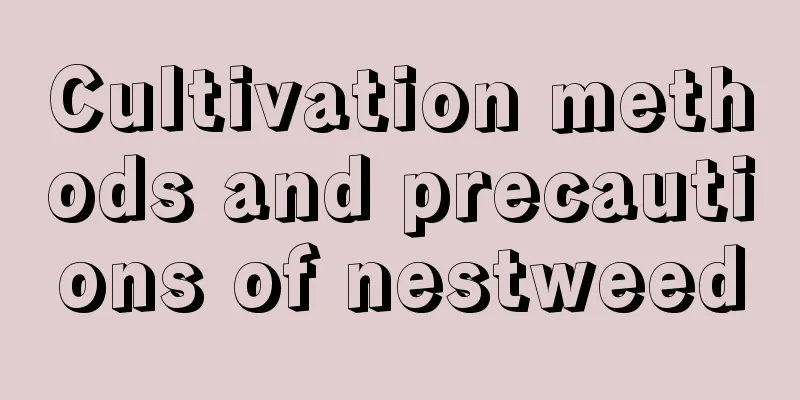How to grow red spider plants to make them flourish

Chlorophytum comosum growing conditionsChlorophytum comosum prefers a semi-shady environment with warm and bright light. The suitable temperature for its growth is 15-25℃. It should be given sufficient light, especially in winter. Sufficient light must be ensured, but the strong light at noon in midsummer should be properly shielded. How to grow red spider plantWhen cultivating Chlorophytum comosum, it is best to use loose, fertile, well-drained slightly acidic sandy loam for cultivation. It should be placed in a cool and ventilated place, and pay attention to maintaining the environmental humidity. Avoid continuous high temperature and humidity, otherwise it will cause the plant to rot. It is not cold-resistant and needs to be brought indoors for the winter. Watering the Chlorophytum comosumWhen watering the Chlorophytum comosum, make sure it is watered thoroughly. When watering, you need to observe the bottom of the pot and keep watering until water flows out from the bottom of the pot. Fertilizing Chlorophytum comosumDuring the growth period, the annual red spider plant generally needs to be fertilized once every 10-15 days, using decomposed liquid fertilizer. In addition, you can also apply appropriate amounts of phosphorus fertilizer before flowering to help the plant bloom. Disease and pest control of Chlorophytum comosumCommon pests of red spider plants include aphids, whiteflies and red spiders. If not controlled in time, the whole plant may be infected. It should be dealt with as soon as possible. You can spray it with omethoate and dervin acid, and keep it ventilated at all times. How to grow Chlorophytum comosum at home1. When growing spider plants at home, you need to use a loose soil substrate with good drainage. You can mix peat soil, sand and vermiculite into culture soil, and add an appropriate amount of superphosphate to provide it with a growing environment of 20-30℃. The temperature for wintering should be above 15℃ to avoid frostbite. 2. During the growth period of Chlorophytum comosum, you can apply decomposed liquid fertilizer every 10-15 days. If you find that the plant is attacked by pests and diseases, you should use medicine in time and ensure the ventilation of the breeding environment. Precautions for the maintenance of Chlorophytum comosumDuring the maintenance of the lipstick spider plant, you should be careful to avoid waterlogging, as waterlogging will cause the lipstick spider plant to wither and rot. Also, be careful to avoid exposure to the sun. Although it needs sufficient light to grow, if the light is too strong, it is easy to get sunburned, which is not conducive to its growth. |
<<: Peony growth environment conditions and characteristics
>>: How to grow and cultivate the succulent plants of the genus Cynanchum
Recommend
How long is the growth cycle of pineapple?
Introduction to Pineapple Growth Pineapple is a t...
Can rotten vegetable leaves be used as fertilizer?
Rotten vegetable leaves as fertilizer Rotten vege...
How to slow down the growth of spider plants
Chlorophytum comosum seedling acclimatization tim...
What flowers are suitable for growing in Qingdao? What are the city flowers and trees?
1. Climate characteristics of Qingdao Qingdao has...
The efficacy and function of lemon tea
1. Quench your thirst Lemon tea is extremely thir...
Strawberry Management Plan in May
Starting from May, the temperature has risen in m...
Do lemons like water or drought?
Do lemons prefer moisture or drought? Lemon likes...
How to grow azalea
1. Maintenance methods 1. Temperature: Dewdrop az...
Hydroponics video: Do you still use soil to grow flowers? Hydroponics is fine!
Hydroponics Video Changing from soil culture to h...
The growing environment and local conditions of lotus seeds
Lotus seed growth environment and conditions Lotu...
Fruit tree pruning methods and techniques
Fruit tree pruning and fertilizing are two crucia...
How often should I water azalea? When is the best time to water it?
How often should azaleas be watered? Azalea is su...
Can evergreen be propagated by cuttings? In which month is it best to propagate by cuttings?
Can evergreen be propagated by cuttings? Wan Qing...
Narcissus growth environment conditions and characteristics
Narcissus growth environment conditions and requi...
How many kilograms can one acre of land produce?
Yield of fruit okra per mu The flowers of fruit o...









